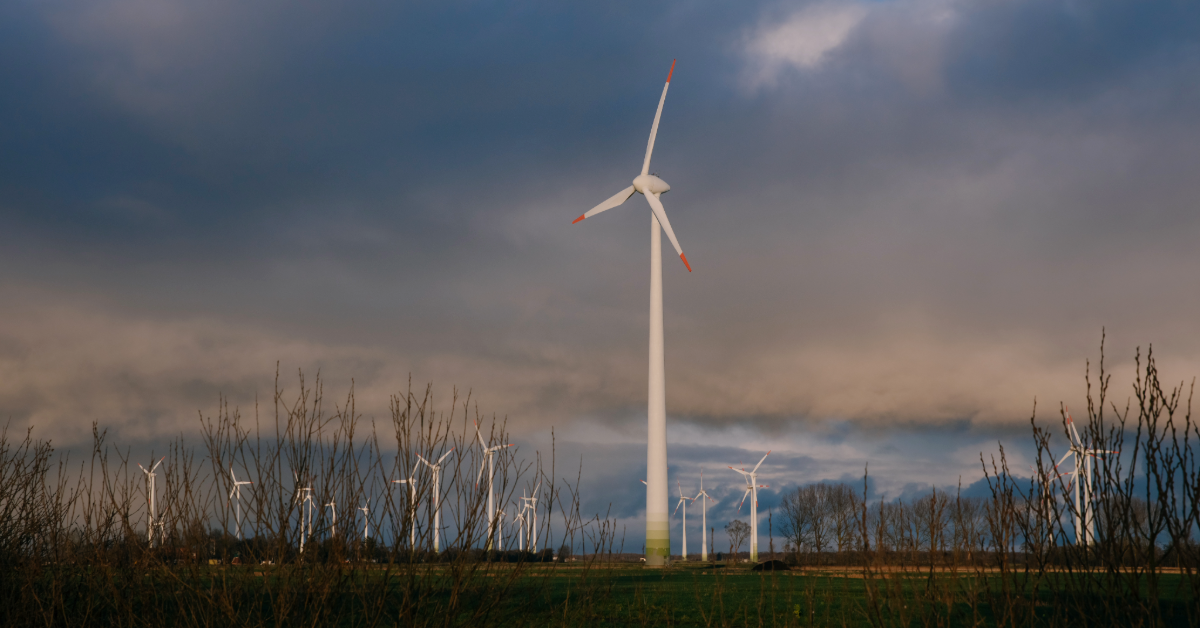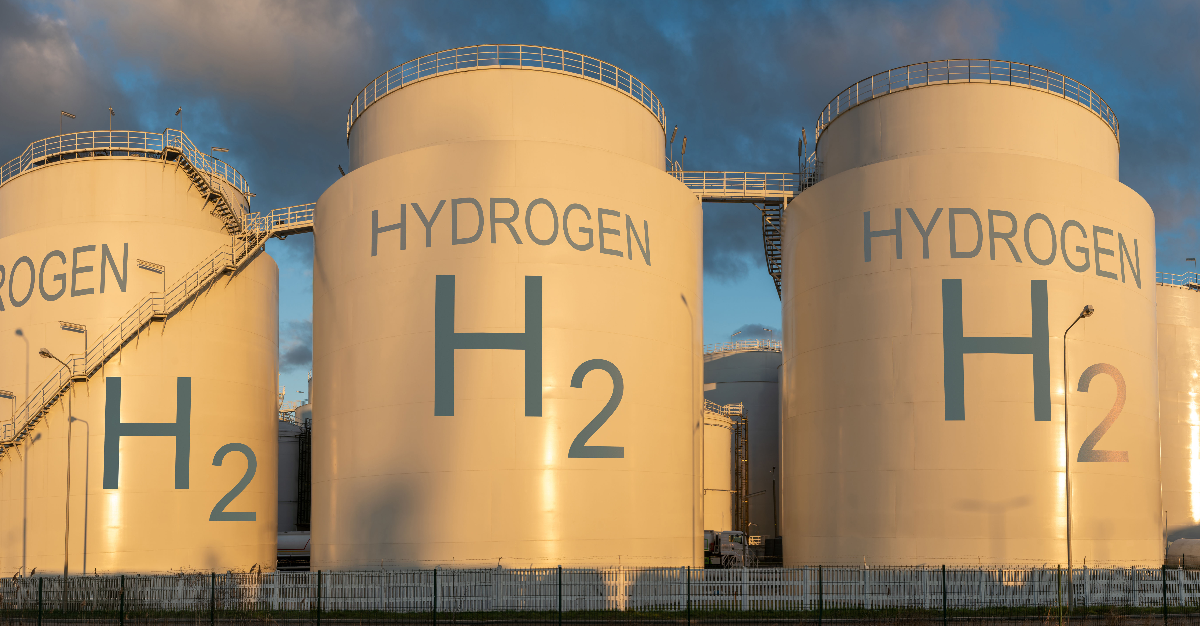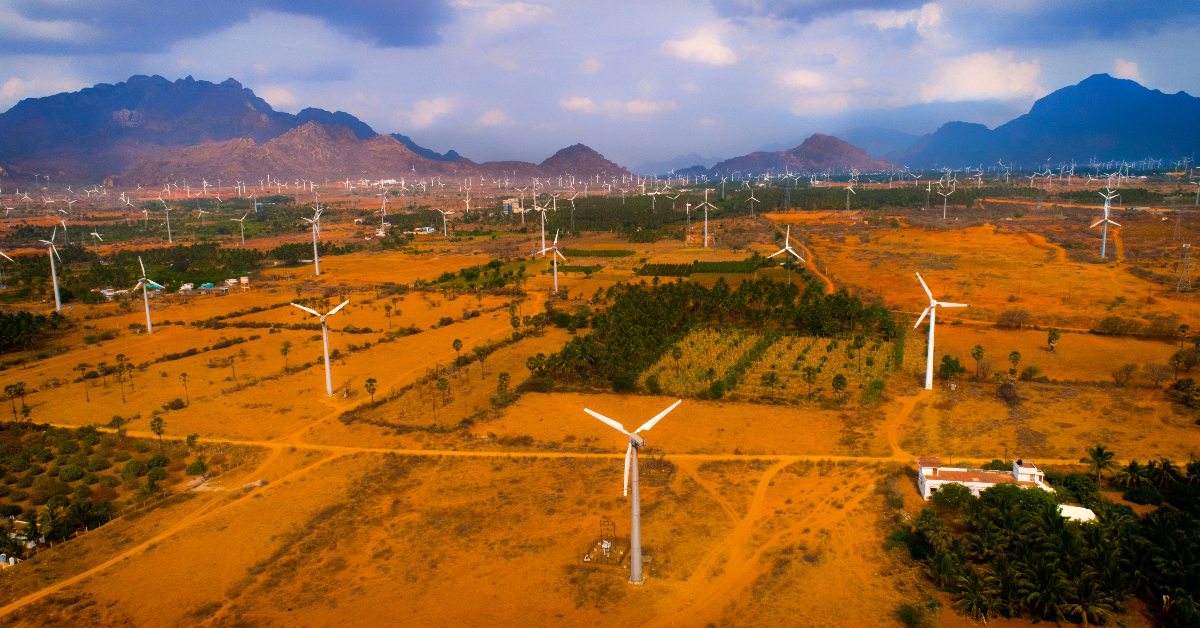Statistical vs. Fundamental: Best Price Forecasting Models for Volatile Energy Markets
As many traders can attest, the intermittent nature of renewable energy resources has increased the volatility of the European market, driving...
4 min read
 Team Energy Exemplar
:
February 4, 2025
Team Energy Exemplar
:
February 4, 2025

The electricity grid is undergoing a significant transformation across Europe thanks to the growing number of renewable generation resources and the retirement of fossil fuel plants. By the mid-point of 2024, 50% of the European Union’s electricity was generated by renewables, with wind energy being the second largest source of electricity behind nuclear.
While renewables deliver a variety of benefits, not the least of which is zero carbon emissions, the intermittent nature of clean energy resources such as wind and solar can be problematic. Regardless of demand, they are entirely weather-dependent — generating or not generating electricity depending on the wind and sun conditions.
As wind and solar generation expand and account for a larger percentage of the European energy mix, energy traders must understand how the intermittent nature of these resources can drive market and price volatility. They must also integrate strategies into their forecasting activities to deal with renewable energy feast and famine periods.
In recent weeks, European markets have seen an uptick in what’s been dubbed “Dunkelflaute” periods. Dunkelflaute, a German term that refers to situations where there is limited wind or solar generation due to weather conditions, creates significant market volatility and wreaks havoc on energy prices. During calm or overcast days, which are common during the winter months, wind and solar generation can drop precipitously. Countries located at higher latitudes also have fewer hours of sunlight during the winter, compounding the problem.
Naturally, regions relying more on wind and solar generation are more susceptible to Dunkelflaute periods. Consider Germany, for example. For the first nine months of 2024, renewable energy accounted for 59% of the country’s total power generation, up 7% from the previous year. During that same period, the country added 11 GW of solar and accounted for more than a quarter of all new wind generation growth in the EU. As a result, wind and solar generation (156 TWh) exceeded fossil fuel-generated electricity (140 TWh) in Germany for the first time last year.
However, mid-December brought multiple Dunkelflaute days with wind generation close to zero for prolonged periods. With demand high but renewable energy availability low, wholesale energy prices spiked. At times, a MWh cost upwards of €1,000 – the highest price seen in nearly 20 years.
During Dunkelflaute periods, the system comes under immense stress. Countries are forced to turn on less efficient plants and import electricity from neighbors. However, due to correlated weather patterns across regions, many countries face a tight system at the same time pushing prices up further. Additionally, these inefficient plants are more likely to trip on ramp-up due to a lack of use in the past weeks or months, further exacerbating supply issues.
The Dunkelflaute phenomenon can make it very difficult for energy traders to predict energy prices – and the risk of missing a forecast can be significant, both in terms of financial and missed opportunity costs.
Subin Sen, Senior Product Manager - Trading at Energy Exemplar, explains it this way. “Energy traders, whether they are at a hedge fund trading a speculative book or at a utility hedging a retail portfolio, can face massive consequences for underestimating the extent of these drastic price moves in Europe. Particularly with utilities, their retail portfolio could have been hedged several years out at an average price in the low 30s or 40s. If the outturn price is much higher – it can cause drastic negative profit and loss impacts."
Predicting exactly when and for how long weather conditions will inhibit renewable energy production remains challenging for weather forecasters despite technological improvements in recent years. With the ever-increasing penetration of utility-scale renewable energy sources in Europe, traders must constantly update their trading strategies based on current weather conditions, have good insights on how the weather impacts the stack model, and understand both the distribution of renewable energy resources and conditions across the entire European market.
For this reason, it is more important than ever that energy traders have the solutions they need to generate accurate price forecasts and account for the Dunkelflaute phenomenon’s unpredictable nature.
Energy traders need a fundamental model to generate reliable insights into the European energy market. This type of model is also needed to address the challenge of having too much or not enough renewable energy to meet demand.
While many traders may try to create a statistical or machine learning model to account for Dunkelflaute situations, they are generally not well-suited to the task. Statistical models work best when there are predictable patterns. When the market reacts in a new way, as it often does during a Dunkelflaute period, statistical models tend to break down. Plus, a Dunkelflaute is an extreme situation, and at this point, there simply isn’t a large enough dataset to support a statistical model.
A fundamental model, on the other hand, works to theoretically solve the problem of where supply meets demand. It helps traders generate a more accurate price forecast and mitigates some of the risks associated with Dunkelflaute events.

While the Dunkelflaute phenomenon garnered significant press at the end of 2024, a lack of wind wasn’t the only issue creating chaos in European energy markets last year. Overproduction of solar and wind energy created just as much market and price volatility as did Dunkelflaute events. Regional energy prices dropped into negative territory for a record number of hours last year when renewable energy, particularly solar generation, significantly outpaced electricity demand. At times during the first eight months of the year, prices fell below minus €20 per MWh.
While producing too much wind and solar can send prices in the opposite direction of a Dunkelflaute, the impact on energy traders is similar. In both cases, profitability can be significantly impacted.
In the future, technologies like utility-scale battery energy storage are expected to mitigate some of the impact of these weather-related generation issues. However, as countries increasingly rely on intermittent renewables like wind and solar, some level of market volatility will persist.
Contact Energy Exemplar to learn how PLEXOS® for Traders can help you manage the risks and price volatility associated with Dunkelflaute events.

As many traders can attest, the intermittent nature of renewable energy resources has increased the volatility of the European market, driving...

Ren-Gas, Finnish P2X Project Development Company Ren-Gas is a Finland-based clean energy project developer. The company invests in the best...

Over the next two decades, India is expected to see the largest increase in energy demand of any country. To meet this growing demand, the government...